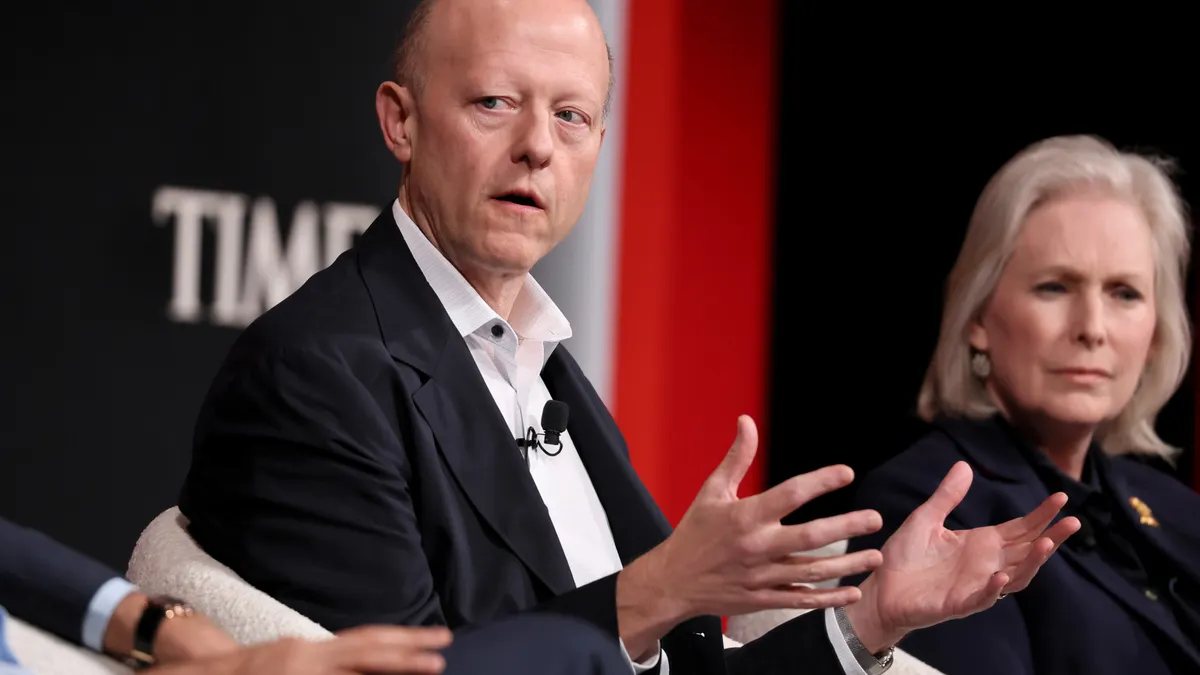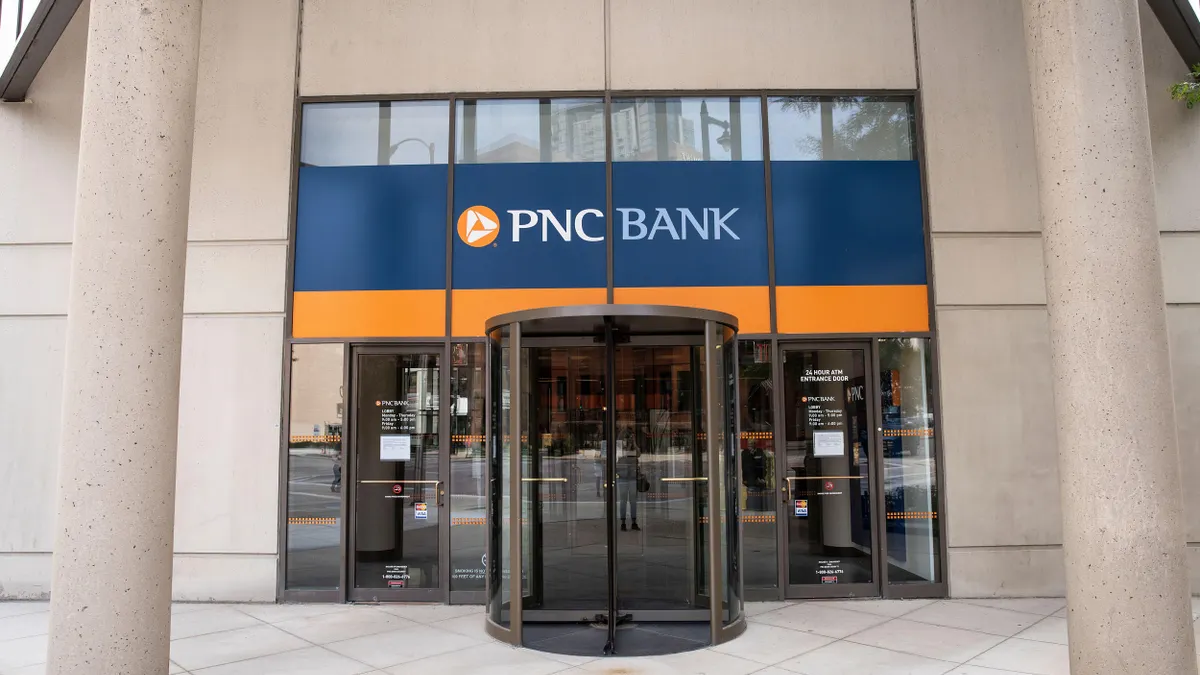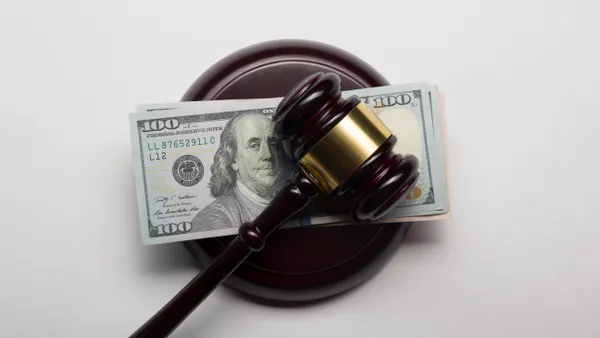Commercial Chapter 11 filings rose 30% year-over-year in October, with 6,081 new filings compared with 4,677 in the same period last year, according to data from legal services firm Epiq AACER.
Although the number of filings dropped to 550 in October from a September peak of 749, the resurgence in coronavirus cases and the uncertainty surrounding the size and timing of a second stimulus package threaten to reverse that downward trend in 2021, said Jim Lodoen, a partner in law firm Spencer Fane's bankruptcy, restructuring, and creditors’ rights practice group.
That means lenders will have to make tough decisions regarding distressed borrowers in the months ahead, he said.
"Many of us in this industry are expecting that next year, we will see more distress. It's becoming easier to identify the winners and the losers in this new marketplace environment, and I believe that we're going to see lender patience wane," Lodoen said.
That’s why it’s important for banks to gather accurate and current information on their borrowers when deciding to liquidate collateral or work with a distressed borrower.
Lenders hoping to do the former should be aware that collateral value in certain industries has decreased during the pandemic, Lodoen said.
"If you look at collateral in the restaurant industry, the entertainment industries, the oil and gas industries, you're seeing collateral values having dropped significantly," he said. "What I think might be the surprise of 2021 to lenders is the value of their collateral is going to be less than what they think it is, at least in the distressed spaces. It doesn't take a rocket scientist to understand that these distressed areas are going to have problems."
Lenders moving into a potentially distressed scenario with a borrower need to make sure they have updated appraisals, so they know they’re dealing with facts instead of data valuations, Lodoen said.
"Getting updated appraisals is important, because if they're dealing with accurate valuations, then they can better assess whether they want to be more aggressive and take steps to potentially monetize that collateral by ultimately possessing and selling it, or try to exercise their rights in a bankruptcy proceeding, if it gets to that," he said. "If they have an accurate assessment of their collateral values, they're in a much better position to make good, informed decisions."
In the event that a borrower’s collateral is not worth much, a lender may decide to be more accommodating in the hopes that the borrower is able to work its way out over time, Lodoen added.
"What's key is the value of the collateral," Lodoen said, "because all of these issues and all of these decisions turn on a couple of things: What's your real collateral value? What's your confidence and trust in a particular borrower? And what do you see happening in their particular industry? Dealing with accurate information and realistic expectations all the way around is going to result in a better outcome for lenders."
Banks have been bracing for a wave of defaults since the pandemic began in March.
The country’s major banks have set aside billions of dollars to prepare for a flood of bad loans, and many banks have enacted forbearance programs, allowing credit card, auto loan and mortgage customers more time to pay off bills.
A total of $90 billion in loans to businesses and individuals remains in forbearance, the Financial Times reported Wednesday, citing regulatory filings by the four top U.S. lenders. That figure represents a significant decline from $190 billion at the end of June.
Although Chapter 11 bankruptcy filings have increased in 2020, non-commercial bankruptcy filing activity has seen a steep decline because of the pandemic, Chris Kruse, senior vice president of Epiq AACER, said in a statement.
"The various stimulus programs put in place earlier in the year created enough liquidity to stave off normal bankruptcy activity," he said.
"We've been surprised that we have seen consumer bankruptcy filings drop in the range of 25%," Lodoen said. "That has surprised people, but I think it's explainable when you look at a combination of expenditures perhaps being cut for those who are at home and not traveling or doing other things. Life has gotten a little less expensive for some people than it used to be."













